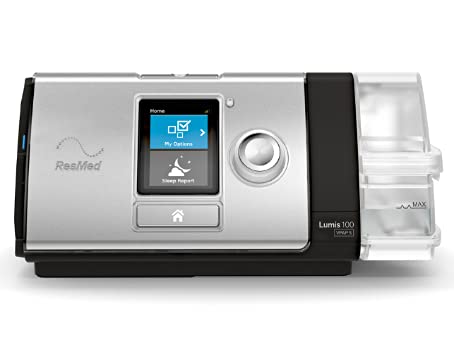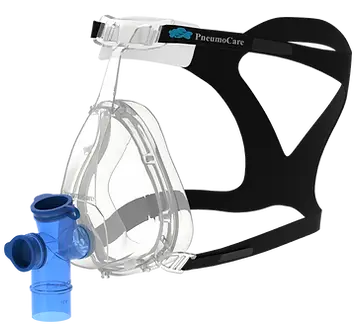What is CPAP?
CPAP stands for Continuous Positive Airway Pressure, a treatment method primarily used to manage obstructive sleep apnea (OSA). The therapy involves a machine that delivers a steady stream of air pressure through a mask worn during sleep. This airflow helps keep the airway open, preventing interruptions in breathing. CPAP devices consist of a motor, a hose, and a mask, with optional features like humidifiers to enhance comfort.
Why is CPAP Needed?
CPAP therapy is essential for individuals with sleep apnea, a condition characterized by repeated pauses in breathing due to airway obstruction. Left untreated, sleep apnea can lead to serious health problems such as high blood pressure, heart disease, stroke, and daytime fatigue, which increases the risk of accidents. CPAP improves oxygen flow, enhances sleep quality, and reduces the health risks associated with OSA.
The benefits of CPAP go beyond addressing sleep apnea. It improves overall well-being by enhancing concentration, mood, and energy levels. For individuals with comorbid conditions like diabetes or cardiovascular issues, CPAP can also help mitigate complications by improving oxygenation and reducing stress on the body.
Who Can Benefit from CPAP?
CPAP therapy is prescribed for individuals diagnosed with moderate to severe obstructive sleep apnea. It is also beneficial for patients with certain forms of central sleep apnea, where the brain fails to send proper signals to the muscles controlling breathing. People with conditions such as chronic obstructive pulmonary disease (COPD), congestive heart failure, or hypoventilation disorders may also be recommended CPAP therapy.
Additionally, CPAP can be used in hospitals or emergency settings to support patients with acute respiratory distress or during recovery from surgery that affects breathing.
How Does CPAP Work?
- Setup: The CPAP device is connected to a mask, which fits snugly over the nose, mouth, or both.
- Airflow Delivery: The machine generates a constant flow of pressurized air, which travels through the hose and into the mask.
- Airway Support: The pressurized air acts as a splint, keeping the airway open and preventing obstructions that cause apneas or hypopneas.
- Continuous Use: CPAP therapy is most effective when used consistently during sleep. Users typically adjust to the device over time, and modern machines come with features like ramp settings, which gradually increase air pressure for easier acclimation.
Key Considerations
- Adherence: Regular use is crucial to derive the full benefits of CPAP. Initial discomfort, such as dry mouth or mask-related issues, can often be resolved with proper adjustments.
- Maintenance: The device and its components require regular cleaning to prevent infections or malfunctions.
- Alternatives: For patients who cannot tolerate CPAP, alternative treatments like oral appliances or surgery may be explored.
















